Good to Great is Better on a Hike
It took me a long time to read business books. I’ve taken a position of “anti” most of my life – basically, I see something I don’t like and I do the opposite. At an early agency job, I developed a distaste for going to the polluted waters you were already swimming in for inspiration. Many of the designers at that job spent all their time looking at Smashing Magazine for design cues on their new projects. Instinctively, I felt that inspiration should come from somewhere else. I figured if you were inspired by what was already in your space, your originality would be limited and progress would be slowed. I like leaps and bounds better than itty iterations. Go figure.
Business books sort of fell into that space for me. Even now that I’ve decided business books can be good, I still feel a little pang when faced with a successful business person who doesn’t read them.
Side rant – most business books should be a 2 page PDF with a lot of pictures or a 10 minute Ted Talk. And most business books could just get struck from the earth and no one would be doing business any worse.
Okay okay, back to it. I decided to listen to Good to Great while in Telluride, CO. I listened exclusively on hikes. I remember specifically climbing to the top of Coronet Falls and thinking – where was this guy when I was imagining my “Lily Pad” model? It wasn’t new thinking for me, but it was support to thinking I had given up on. Support I wish I’d had earlier.
Here’s what I remember from Good to Great
People are more than seats. Some people are actually intrinsically motivated, and you can count on them to act that way. People, working alongside you in your organization, can actually want to invest in that organization. And if you’re smart, you’ll let them.
Now I’m on a new anti. Roles don’t define people, I don’t think they should. Being responsible is more than identifying the characteristics of an empty seat you’re supposed to fill. Human beings have more to offer than that. And it means something to them to be allowed to offer it.
What it meant to me
When I started Love and Science, I started it for intrapreneurs. I saw so much talent around me, so much investment, and I saw that talent and investment limited by containers. I fully believed that if I built something more flexible, a resting place, a lily pad (rather than an umbrella), people would thrive, collaborate, produce better work, and enjoy their lives more.
What I didn’t anticipate was the friction of undoing the damage of working inside other organizations. There was so much friction, in fact, that I decided I was wrong. I thought people really just want to be told what to do. Regardless of what I thought the people wanted, I still thought it was better to achieve goals than take orders. So instead of doubling down on structure and definition, I took another path. Instead of hiring people that wanted to be told what to do, I leaned into familiar folks – I hired a lot of family.
Fast forward to today, we’re 50% family, 50% not family. And 100% outrageously invested folks who are free thinking, creative, and growing in front of my eyes. I don’t have it all figured out, but I’m glad I got a little wind in my sails hiking with Jim Collins.


